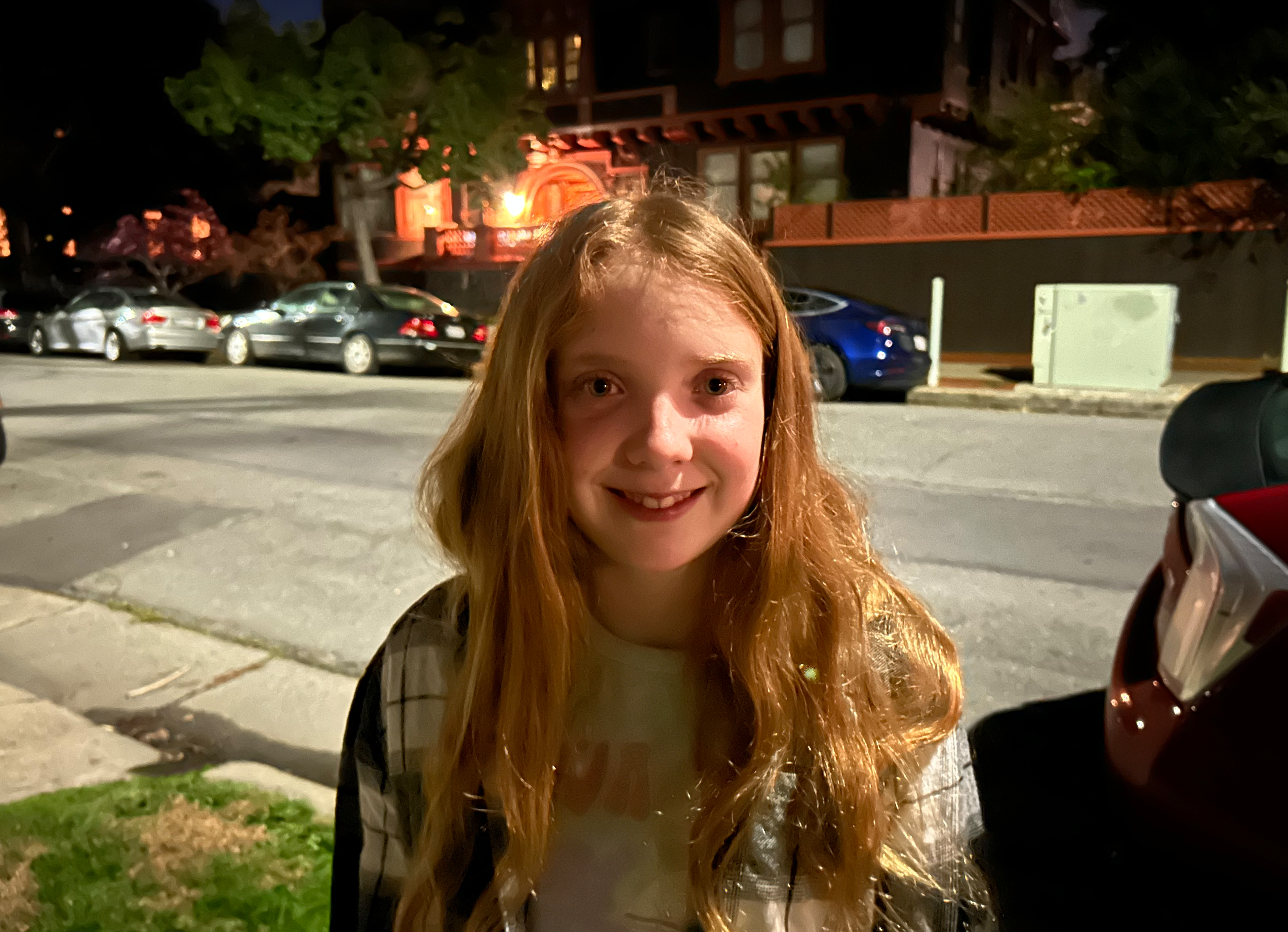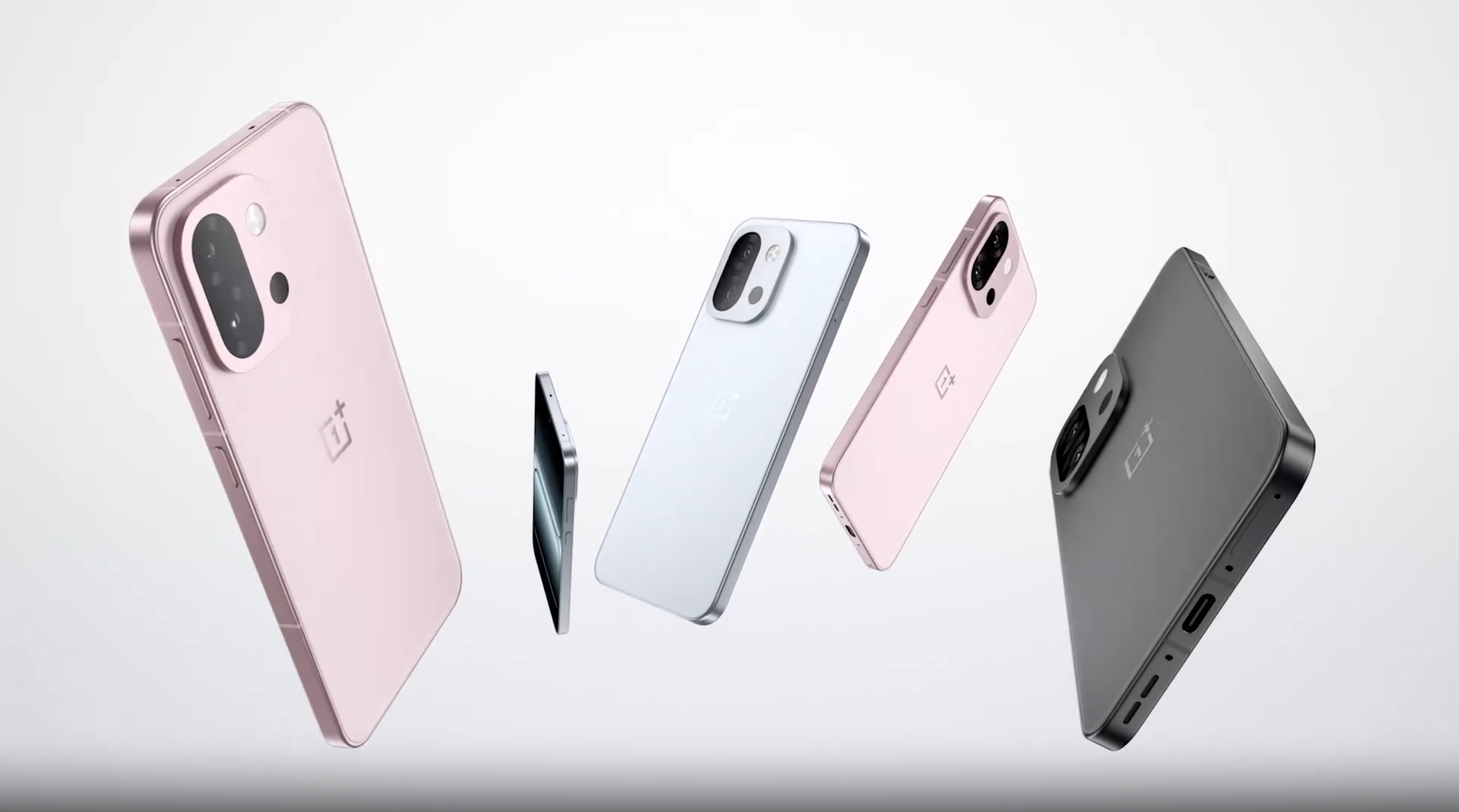Galaxy S23 vs iPhone 14 vs Pixel 7 low-light camera shootout — which phone wins?
Here's how the new Galaxy S23 cameras perform at night

With the Galaxy S23 series, Samsung hopes to shine out like a light in the darkness — or at least, add a bit more details to those photos you've taken in low light. And now that we've had a chance to test all three models, we can see if the latest Samsung phones deliver on the promise of improved night photography.
This isn't Samsung's first stab at taking better shots in the dark. Last year's Galaxy S22 phones introduced the concept of "Nightography," a marketing term Samsung coined to describe photos we take at night or in dimly-lit settings. Without proper lighting, these photos can lack detail and color, but Samsung's made an effort in the last couple years to improve photo processing to emphasize those aspects, even with less than ideal light around.
The challenge for Samsung is that many of its rivals making the best camera phones are doing the same thing. With last fall's Pixel 7 phones, Google sped up exposures for less blur in night shots; it also introduced new machine learning techniques aimed at removing noise from photos taken at night. Similarly, the iPhone 14 benefits from a Photonic Engine designed to deliver brighter photos.
Samsung is responding with some photo-processing moves of its own across the Galaxy S23 lineup. Specifically, the phone maker has added an AI-powered image signal processing algorithm that looks to bolster object details and color tone for night shots. Night photo features are extend to the front cameras on the Galaxy S23 models as well.
You can see the effects of these camera changes in our Galaxy S23 review, Galaxy S23 Plus review and Galaxy S23 Ultra review. But we thought it might be helpful to focus specifically on night and low-light photos, showing how these three Samsung phones measure up to their counterparts from Apple and Google.
Night landscape photo
Let's start off with a shot of a mural on the side of a building taken at night. For this photo, we're comparing the Galaxy S23 with the iPhone 14 and Pixel 7.



The Galaxy S23 does manage a fairly detailed shot, despite the nighttime setting. But I think the yellow street lights are throwing off the color in this photo, giving everything a jaundiced cast. Contrast that with the second photo in this gallery from the iPhone 14. The black background is a truer color, and both skin tone and the pink cherry blossoms are unaffected by the ambient lighting. Even the glare of the upper right corner of the building is less prominent in this shot.
While the iPhone 14 produces a better image than the Galaxy S23 in this instance, Samsung's phone is miles ahead of the Pixel 7, which seems to have a hard time focusing. There's simply too much noise in the Pixel shot to compare favorably with the other two camera phones.
Night person photo
Sticking with the Galaxy S23, I took a photo of my daughter on an evening stroll. Note that this photo was captured using the standard mode and not portrait mode.



I don't think any of the cameras did a particularly good job here, with all three phones struggling with the shadows on my daughter's face. The Galaxy S23 makes a game effort, trying to balance the redness of my daughter's hair and how the ambient lighting is bounding off it. But if you zoom in on her face, she's out of focus.
The iPhone 14 does a little bit of a better job keeping the shot focused, but at the expense of any details — my daughter's face is pretty washed out. The house light over her shoulder is also blown out in the iPhone's shot in a way that it isn't in the Galaxy S23's effort. The Pixel 7 makes no attempt at all to illuminate my daughter so the less said about that shot, the better.
Night object photo
To test out the Galaxy S23 Plus, phones editor Jordan Palmer shot a bowl of fruit with both Samsung's larger phone and an iPhone 14 Pro. The shot was taken outdoors during the night.
There's nothing particularly wrong with the Galaxy S23 Plus photo, though it is pretty dark. As a result, you lose some detail that gets called out in the iPhone 14 Pro shot. That photo lets you see the texture of the orange peel in more vivid detail, and the coloring on the apple also comes through. The grapes look like an undistinguished blob in the Galaxy S23 Plus shot, while enjoying more individual definition with the iPhone 14 Pro.
Night building photo
Let's see if the Galaxy S23 Ultra fares better, using some of the photos Mark Spoonauer captured during his review of that phone. I think this look at a fish market at night produces one of the better efforts from Samsung's phone, especially compared to the competition.
We have the same issue with a darker cast in the Galaxy S23 Ultra shot that we experienced with the Galaxy S23 Plus. But overall, the coloration in the Samsung photo is superior to what the iPhone 14 Pro Max accomplished. Take that neon lobster sign, which looks orange in the iPhone photo and red in the S23 Ultra offering. Red is closer to accurate, even if the lighting of the iPhone 14 Pro Max shot is better balanced.
Night bottles photo
Let's bring in the Pixel 7 Pro to see how the top-of-the-line camera phones handle a low-light shot of an assortment of liquor bottles.



The Galaxy S23 Ultra produces the most focused shot, as some fuzziness has crept into the iPhone 14 Pro Max image. That said, the bottles look more distinct in the iPhone photo, while the Pixel 7 Pro produces the more accurate colors. Taking all factors into account, I think the Galaxy S23 Ultra's shot is the most balanced, even if it is on the dark side.
Night fire photo
Fire can be tricky for cameras to handle, so this fireplace shot is a particularly good test of what the Galaxy S23 Ultra can do. And I think it passes the test.



Of the three top camera phones, the S23 Ultra does the best job of capturing the flames and retaining some of the color in its image. You can also make out details of the embers below the burning log. The colors in the iPhone and Pixel shots are more subdued, and as a result, their images aren't as striking as what the Galaxy S23 Ultra produces.
Night Selfie No. 1
So what about the 12MP front camera that Samsung's added to all of its Galaxy S23 models? I tried a few night shots when I tested the Galaxy S23, putting the phone up against the iPhone 14 in this instance.
This is a particularly disappointing effort from the Galaxy S23, which sheds no light on my face at all. Perhaps the problem is caused by backlighting from the tiki bar sign behind me, but the Galaxy S23 makes it look like I'm testifying against the mob and my identity is being concealed.
The iPhone 14 suffers from no such lighting problem, though I'm not particularly enamored with how red my face looks. There's a lot of noise in the iPhone's picture, too, but at least you can make out details of my face.
Night Selfie No. 2
Let's put the Galaxy S23 up against the Pixel 7 to see if it fares any better in a selfie face-off. I think the answer is that it does not.
My face is at least visible in this Galaxy S23 shot, although shadows from the ambient lighting make it look like I have strange scars and stripes across my face. Those same stripes appear in the Pixel 7 shot, though they're more subdued, in part because Google's phone bathed my face in blue light. You can credit the Galaxy S23 for more accurate coloring, then, though I think the Pixel 7 photo looks a bit sharper.
Galaxy S23 night photos verdict
Samsung may have put some effort into improving night photos with the Galaxy S23 phones, but you really wouldn't make the argument that it's the go-to device when the lights are low. Only a handful of the Galaxy S23 Ultra shots were better than the competition and then, only marginally so.
With the exception of the S23 selfies, which were truly poor, I think all three Galaxy S23 phones take decent photos at night. You can certainly count on images with accurate coloring and a lack of fuzziness, though there seems to be a dark cast over the photos no matter what model you use. But if Samsung was hoping to make the Galaxy S23 the hands-down winner for night imagery, it's still got some work to do.
More from Tom's Guide
Sign up to get the BEST of Tom's Guide direct to your inbox.
Get instant access to breaking news, the hottest reviews, great deals and helpful tips.
Philip Michaels is a Managing Editor at Tom's Guide. He's been covering personal technology since 1999 and was in the building when Steve Jobs showed off the iPhone for the first time. He's been evaluating smartphones since that first iPhone debuted in 2007, and he's been following phone carriers and smartphone plans since 2015. He has strong opinions about Apple, the Oakland Athletics, old movies and proper butchery techniques. Follow him at @PhilipMichaels.

